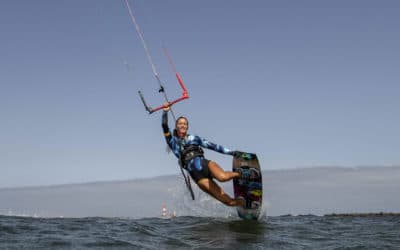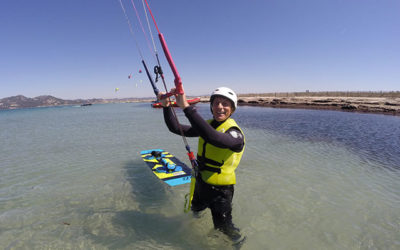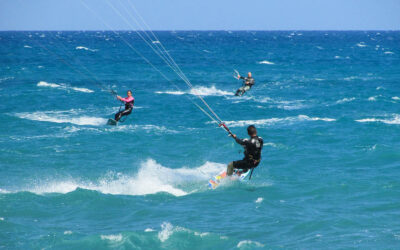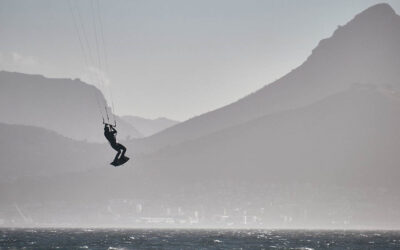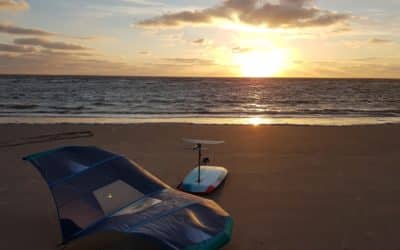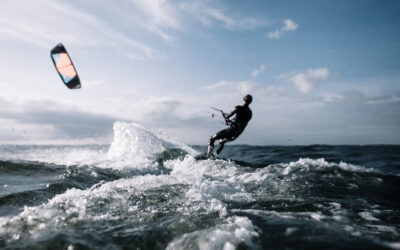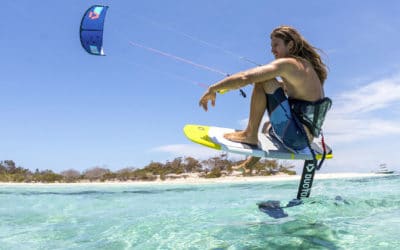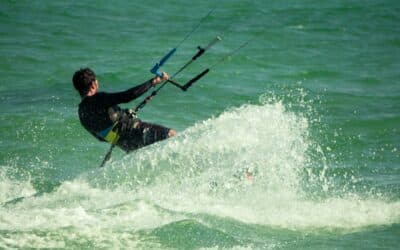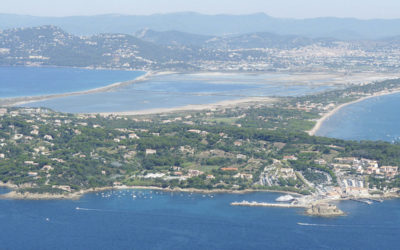Where to Learn Kitesurfing: Explore the Best Destinations and Schools
Have you ever wondered how people manage to elegantly fly above the water, all while attached to a gigantic colorful kite? Well, welcome to the exhilarating world of kitesurfing! This water sport, which combines windsurfing, paragliding, and surfing, offers an incomparable sense of freedom. But before becoming a master of the wind, you need to know where to go to learn this thrilling discipline.
Kitesurfing Learning Basics: Heading to Hyères
Choosing your kitesurfing initiation spot is crucial, as optimal weather conditions will save you a few visits to the physiotherapist. Between changing winds and sometimes overly temperamental kitesurfing equipment, it’s best to start in the right place!
Almanarre Bay in Hyères, Var, stands out as a must-visit. Not only does it offer incredible kitesurfing spots, but its kilometers of fine sand ensure a safe and pleasant space for students. This is where KGG Kitesurfing School comes in, expertly and gently led by Greg and Colin, our instructors who are passionate down to the last fiber of their harnesses.
The Favorable Environment in Hyères
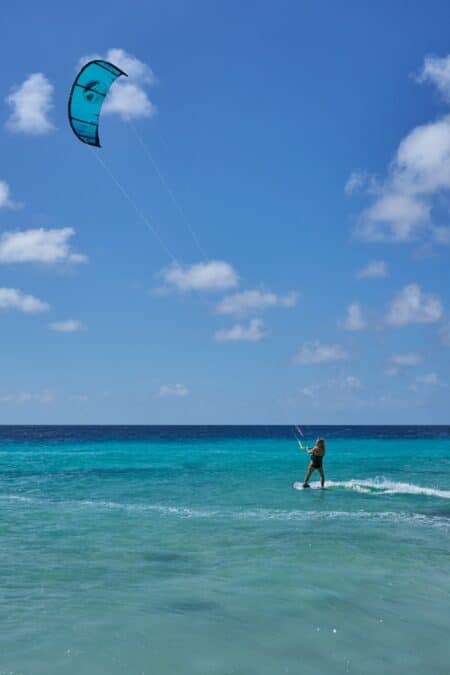
Hyères guarantees optimal kitesurfing progression thanks to its diversity. You can find yourself on a glassy sea in the morning and face small waves in the afternoon, perfect for testing your adaptability… or simply for discovering your first bruises.
A Deep Dive into Kitesurfing Courses and Camps
At KGG School, each session is designed to maximize your learning. Those who have already cursed the headwind during their first attempts will finally feel understood and guided! The pedagogical approach is based on field experience with practical exercises tailored for motivating kitesurfing starts.
In the company of Greg and Colin, you will embark on a technical and human adventure. With their unparalleled humor, they turn every fall into bursts of laughter, and believe me, it’s a real boost for motivation.
Pedagogical Progression and Adaptation
Your kitesurfing progression will be marked by demanding milestones, but every small success is celebrated with enthusiasm. The duo offers personalized attention, ensuring that every mistake becomes a learning opportunity. The goal is clear: to progress at your own pace, without skipping steps (or burning your wings). Stretch your muscles well before raising the kite, because sore arms are guaranteed!
The logistical aspect is never left to chance. Essentials like helmets, life jackets, and wetsuits are monitored as if Rambo himself had enlisted among us. Thus, whether the sky is tumultuous or you take an impromptu swim, you’ll always be ready for action.
Top Destinations to Learn Kitesurfing
It would be unfair to limit your initiation to Hyères alone, as the globe is full of idyllic places. However, why ignore a spot praised by everyone where the spots rival each other in splendor, driven by the Trade Winds?
That said, if the taste for adventure prevails, there are a thousand and one other lands to unleash your thirst for learning kitesurfing. Here’s a small tour of beaches to make you dream:
- Tarifa, Spain: The windy European capital par excellence, it attracts seasoned riders and novices seeking improvement.
- Maui, Hawaii: Its volcanic beaches welcome both koi carp and world champions. A dream place to push your limits.
- Cabarete, Dominican Republic: This Caribbean gem promises water temperatures close to the bubble bath you love so much on a quiet Saturday evening.
- Cape Town, South Africa: Where giant waves and curious sharks can cause major adrenaline rushes.
Choosing the Spot that Meets your Expectations
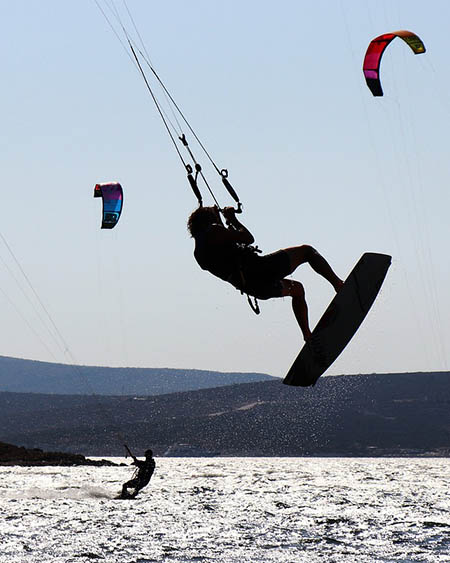
Each spot has its own specific characteristics: wind strength, fluctuating tides, on-site infrastructure. Don’t skimp on mobility or positive daring if you aim for improvement.
FAQs on Learning Kitesurfing
What age is recommended to start kitesurfing?
Kitesurfing can be learned from the age of eight, provided the young student has good physical condition and can understand safety instructions. However, there is no upper age limit; passion remains an ageless motivator!
What equipment do I need to start kitesurfing?
Before even thinking about buying a kite or a board, make sure you have a suitable wetsuit, a helmet, and a life jacket. These basic items undeniably protect you during your introductory sessions.
- Kitesurfing board
- Trainer kite (for beginners)
- Safety system (leash, quick release)
How long does it take to master the basics of kitesurfing?
Learning varies individually, but most students acquire sufficient proficiency after 10 hours of lessons spread over several days. Patience and perseverance are nevertheless essential for progress.
What impact do weather conditions have on my kitesurfing sessions?
Weather conditions influence every aspect of your session. Light winds offer little power, while storms should be avoided for obvious reasons. Fortunately, radiant sunshine enhances the whole experience with incredible charm…
| Condition | Impact |
|---|---|
| Light Wind | Slow and less dynamic session |
| Moderate Wind | Ideal for learning and progression |
| Strong Wind | Risky and not recommended, except for experts |
Search
Catégories
Recent Posts
Suivez-nous !

